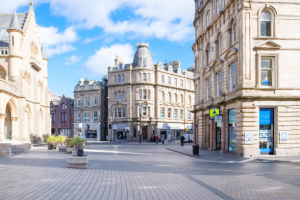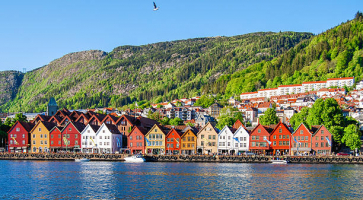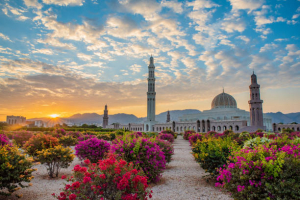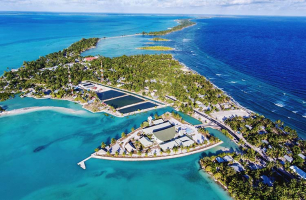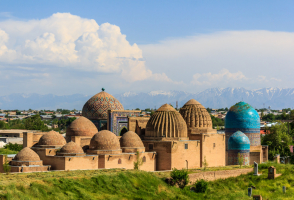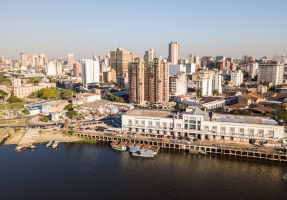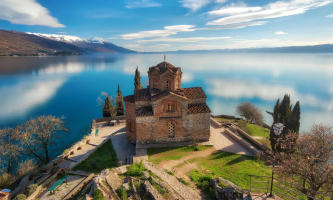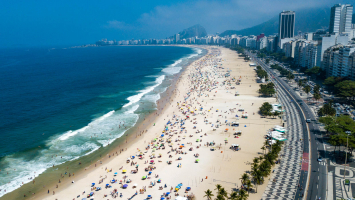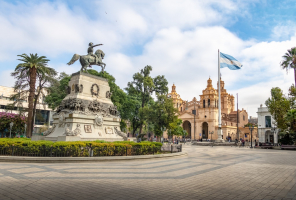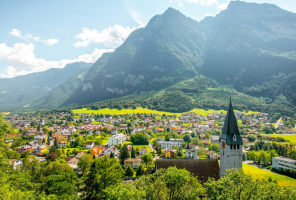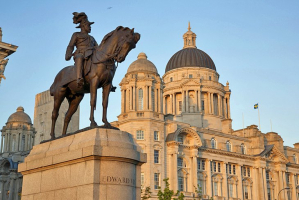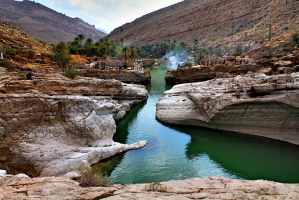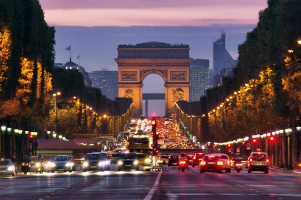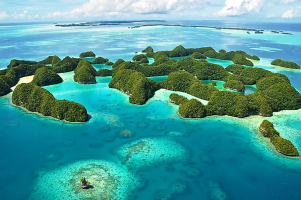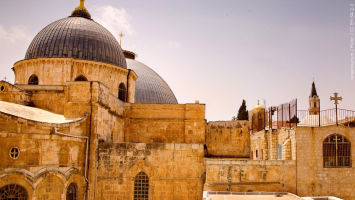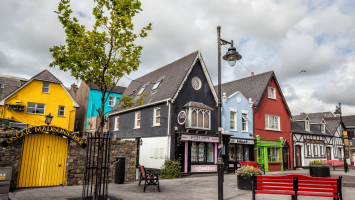Top 6 Reasons to Visit Mali
Travelers going to West Africa for a holiday frequently skip Mali. Many people opt to travel to coastal neighbors instead. But Mali has at least three ... read more...compelling attractions: a rich culture, gorgeous scenery, and storied cities. Don't leave without seeing any of these magnificent attractions if you're visiting the area. Here are some reasons to visit Mali.
-
The mosque, which bears the name of the city of Djenne, was erected on the foundation of an ancient mosque that was constructed more than a thousand years ago. The mosque's highest point, which was finished in 1907, is 16 meters high.
This building has importance for both Mali and Africa. Wind and rain cause damage to the majestic mosque, which is listed as part of UNESCO's World Heritage List. Therefore, after it rains, the locals organize to repaint the mosque. The mosque, the most revered place of worship for Muslims in Djerne, is where visitors to Mali go touring.
It is a historic neighborhood in the Niger River Valley and is included as a World Heritage Site by UNESCO. The location is one of Africa’s most famous archaeological sites. More comprehensive details about the historic city were discovered by renowned archaeologist Roderick McIntosh. The region known for its beautiful terracotta sculptures is where you may find figurines of horses, snakes, and people. You ought to go to this historic location.
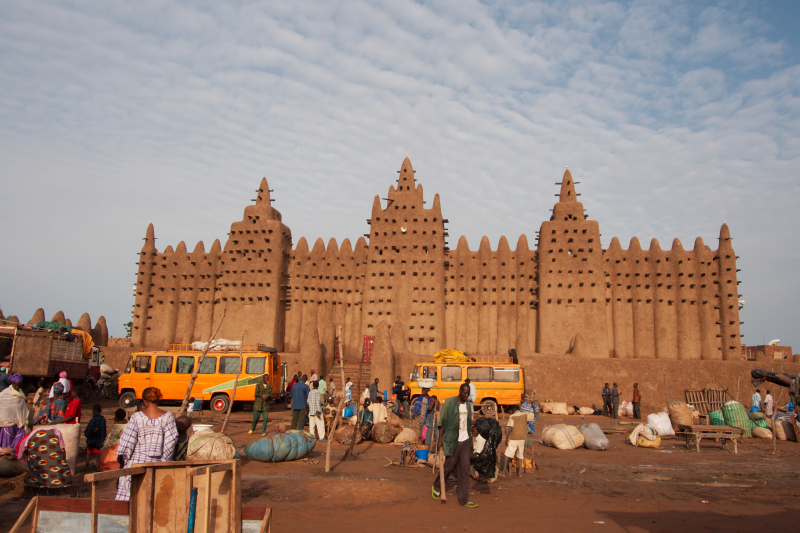
https://pickvisa.com/ 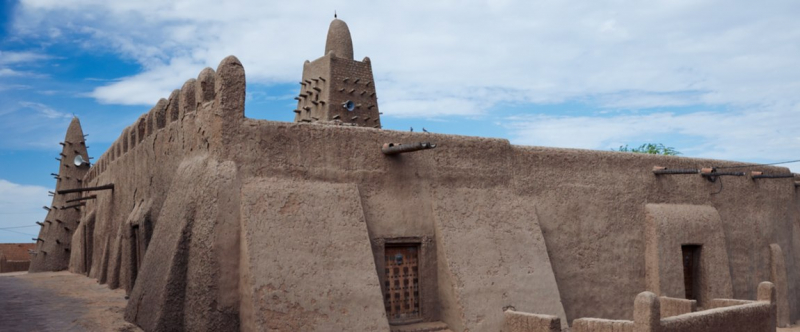
https://pickvisa.com/ -
It is a museum in the country's capital Bamako that houses historical and anthropological artifacts. The museum, which was established in 1953, houses both ongoing and one-time historical exhibits on Mali as well as ritual items associated with clothing, musical instruments, and the country's numerous ethnic groups. In addition, the museum serves as a reflection of Mali's past and present. That is one of the reasons to visit Mali.
The best museum in West Africa is right here. The National Museum of Mali is still regarded as one of the country's most well-known landmarks. The museum was built in Bamako, the country of Mali, in 1953. The National Museum of Mali exhibits thousands of figures and objects. You can view stunning and distinctive objects including musical instruments, vintage clothing, and relics from Mali's various ethnic groups. Your trip to Mali will be unforgettable. You are now well equipped for your journey to this stunning nation after knowing the top ten reasons to visit Mali right away. Don't forget to enjoy yourself!
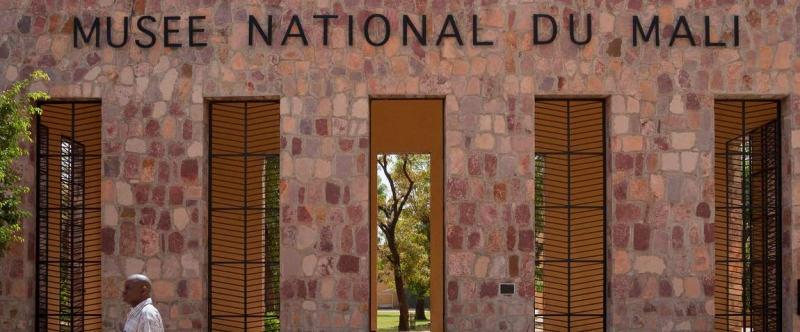
https://pickvisa.com/ 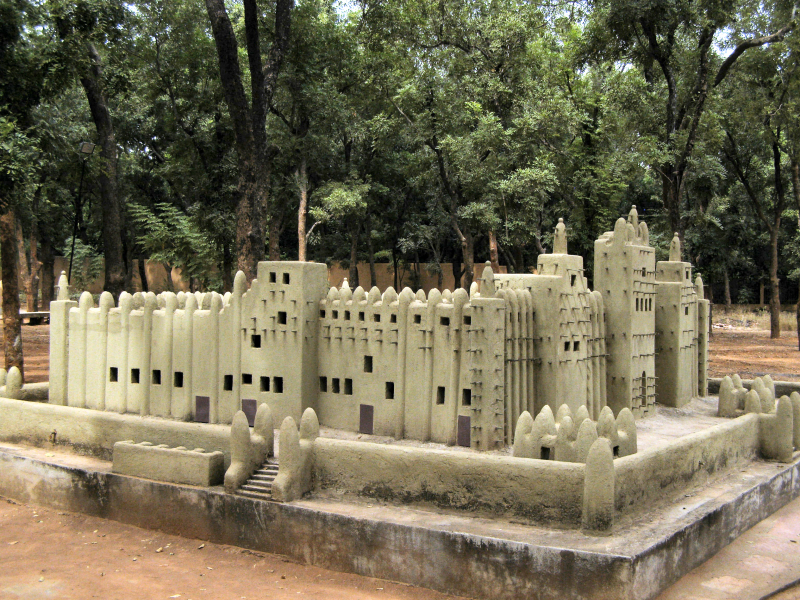
https://pickvisa.com/ -
The Festival on the Niger, an immense celebration, takes place in Ségou, Mali, every February. It is one of the reasons to visit Mali. Since its inception in 2005, the festival has attracted a wide range of extraordinarily gifted performers, with an emphasis on African artists. The festival attracts thousands of visitors each year, and in addition to the well-known performers, young singers and dancers are also given the chance to perform on stage.
Ségou, the cultural capital of the Bambara kingdom and a city rich in history and open to the outside world, has emerged as a major center for contemporary African art. The festival facilitates interaction between professionals, art enthusiasts, and artists from Africa and elsewhere. In this year, there were 40 international specialists and 112 young, emerging talent participants. In addition to providing them with exposure, the festival provided an opportunity for reflection on the growth of visual arts in Africa and the creation of favorable conditions for that growth. More than 40 shows were held in Ségou at Ségou Art 2019, drawing more than 15,000 visitors from Mali and throughout the globe.
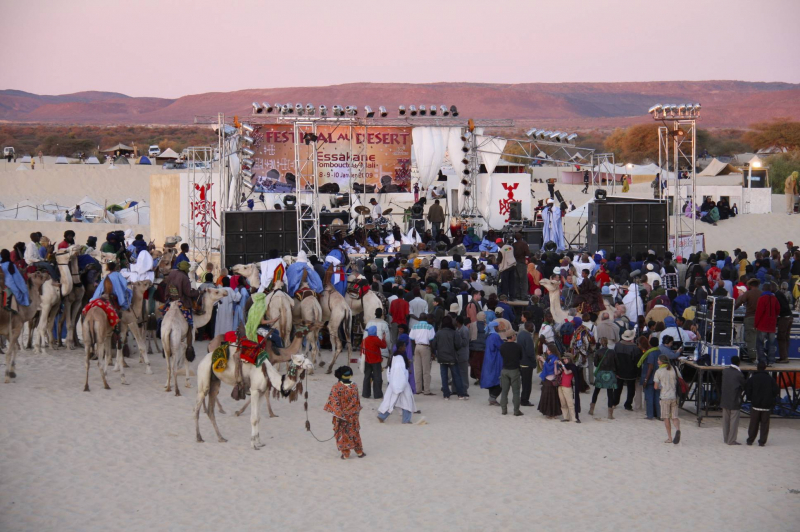
https://www.tripadvisor.com/ 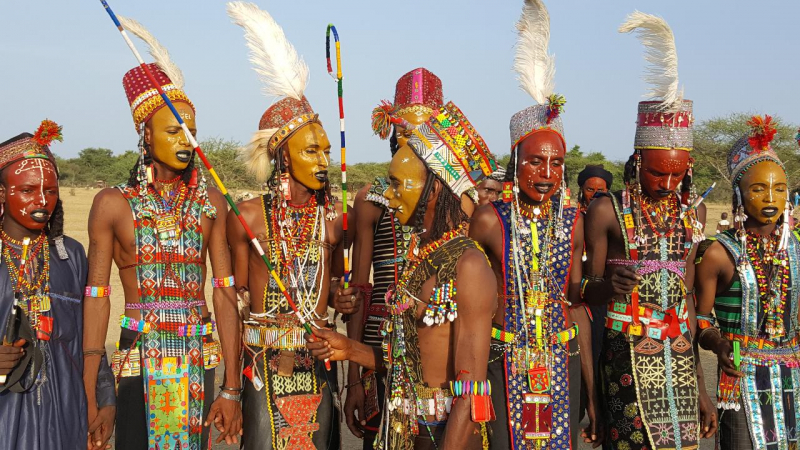
https://www.tripadvisor.com/ -
The hills and caverns immediately outside the city center should not be missed if you are staying in Bamako, the country's capital, that is one of the reasons to visit Mali. The caverns, which have been inhabited since ancient times, are filled with wall murals and other decorative elements, and the view from the hillside overlooking the city is amazing!
Cliff of Bandiagara is another name for the Bandiagara Escarpment. One of the places to see in Mali is Bandiagara. Dogons live in these cliffs, hence, they are frequently referred to as the "Land of the Dogons." Dogons resided here for a considerable amount of time, observing customs. Tellem is one of the ethnic groups who call Bandiagara home. These Telles are renowned for their peculiar and distinctive customs. They are buried above the flooded areas using tunnels. In addition to this, the Cliffs of Bandiagara provide visitors with more attractions. Even cemeteries are worth visiting occasionally; some of them are breathtakingly gorgeous.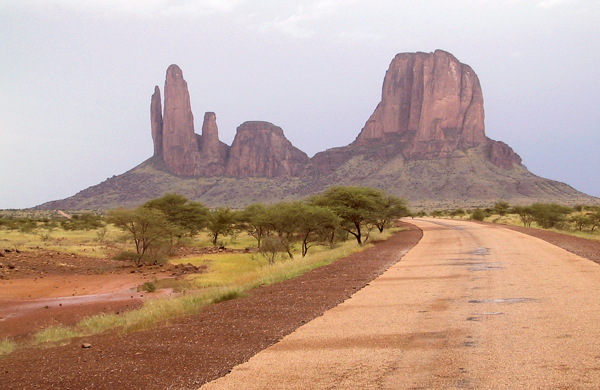
https://hinandcha.wordpress.com/ 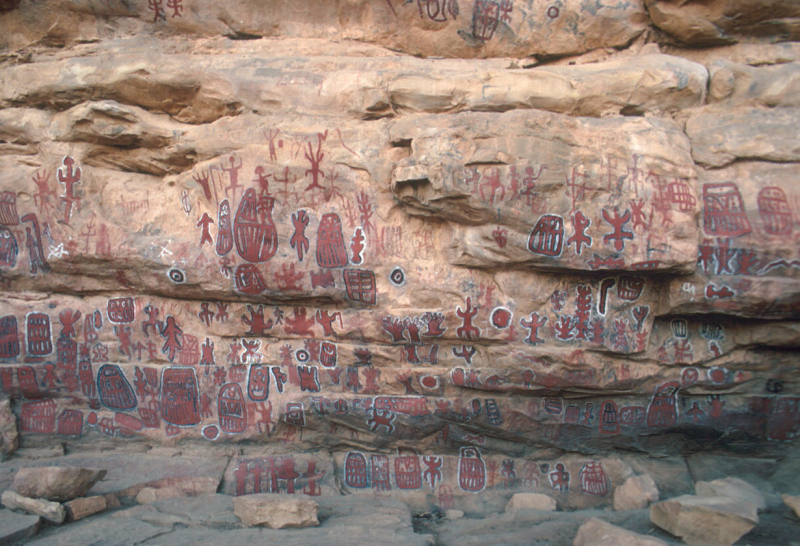
https://hinandcha.wordpress.com/ -
The most spectacular waterfalls in Africa may be found in Mali. When is the ideal time of year to visit Mali? The ideal time to visit Mali to see those magnificent waterfalls is not necessary. Come to Mali whenever you like and take in the amazing views. The Gouina Falls are the most well-known waterfall in Mali. Since this waterfall is so well-known, it also goes by the name "Niagara Falls of Mali." You can have water even if your country is landlocked. There are way too many rivers in this city. Gouina Falls are indeed situated further up in the Senegal River. The Gouina waterfall has a breadth of almost 500 meters and a height of roughly 16 meters. One can spend their vacation by only watching this wonderful waterfall.
Depending on the season, you can jump in from the rocks on the side of the waterfall where one section creates a natural slide (just make sure it's deep enough!). After viewing the waterfall, you can explore Siby's village before returning to Bamako. In particular during mango season, it is an excellent spot to buy fresh fruits and vegetables. A well-known local women's cooperative is also responsible for producing some of Mali's greatest shea butter.
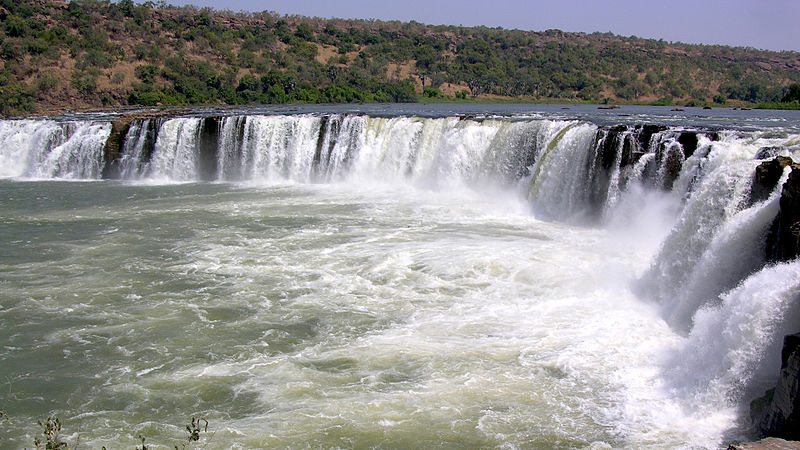
https://westafricatravelguide.com/ 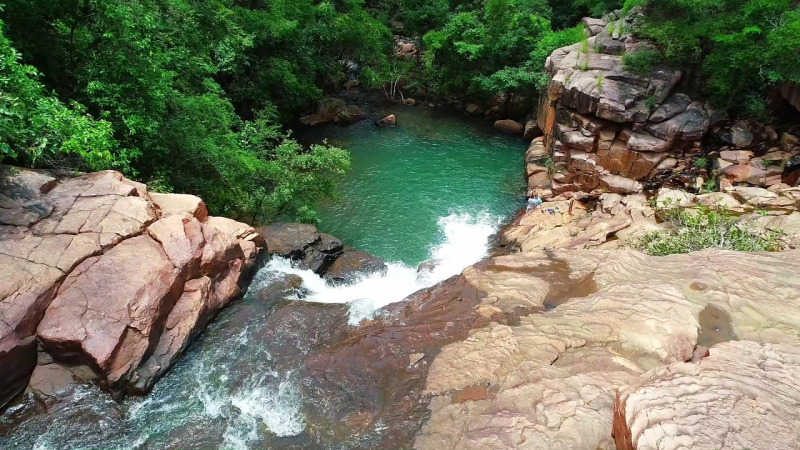
https://westafricatravelguide.com/ -
Mopti is a city full of unexpected things. Foreign visitors are likely to enjoy the town. Many dealers and customers, several ethnic groups, and many more things may be found in Mopti. The center of Mali's shopping may be found here, to put it simply. To meet their customers, other ethnic groups, including Dogon, Fulani, and Tuareg, are present. They mostly market traditional goods like food, clothes, and spices. Additionally, you should pay notice to the Misire Mosque, which is another mosque.
A town in the Inner Niger Delta called Mopti is referred to as the "Venice of Mali" due to its commerce and historical landmarks. The Grand Mosque, a mud-brick building constructed in 1908 and a UNESCO World Heritage site, is the most well-known building. Due to its location at the meeting point of the Niger and Bani rivers, the city also serves as a bustling commerce port.
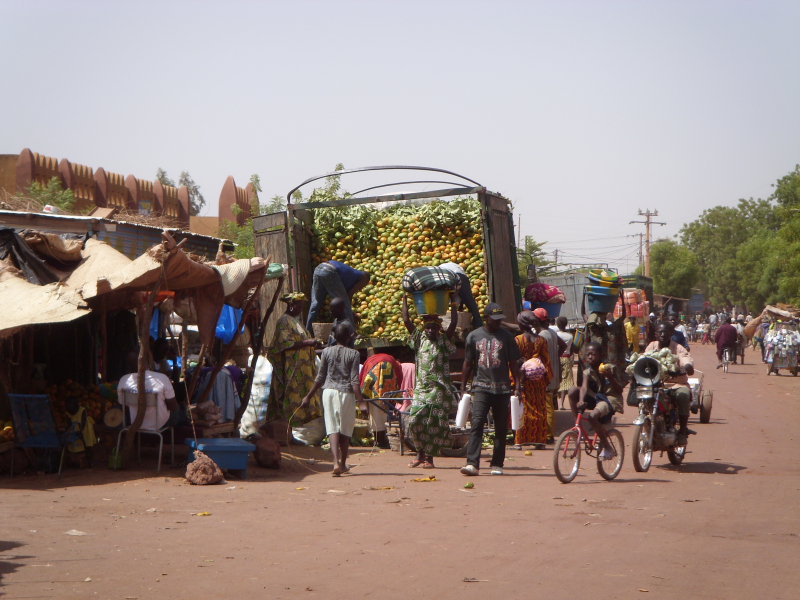
https://en.wikipedia.org/ 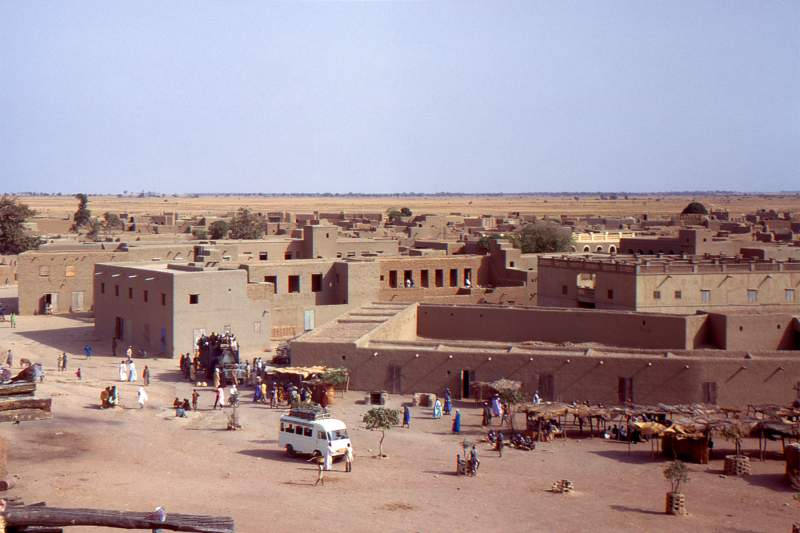
https://en.wikipedia.org/









